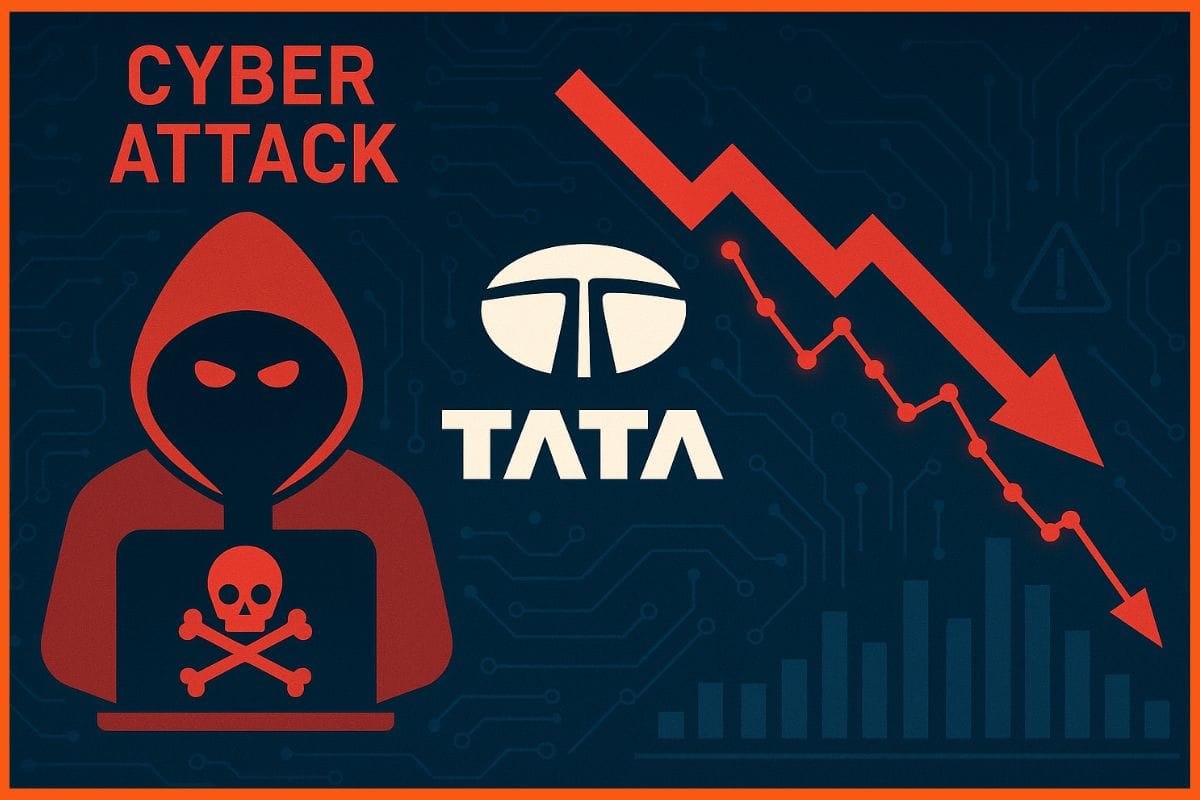In just three months, Accenture has secretly reduced its workforce by almost 11,000 workers, and the axe may not be hanging down anytime soon. The mammoth consulting firm is currently undergoing a comprehensive transformation aimed at equipping it for a future in which artificial intelligence—rather than human consultants—will increasingly guide the ship.
The Dublin-based company announced specifics of a reorganisation plan for $865 million (about INR 7,669 crore) a few days ago, alerting analysts that more layoffs will be unavoidable if employees cannot be retrained quickly enough. The company’s management, under the direction of CEO Julie Sweet, has said unequivocally that while reskilling is still the best option, not all workers will be promoted.
Accenture Aims for Financial Gains via Layoffs
Three months prior, Accenture had 7,91,000 employees worldwide; by the end of August, that number had dropped to 7,79,000. The financial reasoning is obvious. In the most recent quarter alone, severance and associated expenses totalled $615 million, and a further $250 million is anticipated for the current quarter. After everything is said and done, the corporation anticipates that the restructuring will result in savings of over $1 billion.
Even though it is still among the biggest professional services companies globally, the gradual reduction in staff is anticipated to last until November 2025. Remarkably, Accenture has not disclosed the exact number of positions directly associated with this reorganisation strategy. Nevertheless, the severance expense shows that the impact is substantial and will spread to its operations across the globe.
Accenture Betting High on AI
Accenture is increasing its investment in artificial intelligence while simultaneously reducing its human personnel. According to the corporation, generative AI initiatives accounted for $5.1 billion of new bookings in the just-concluded fiscal year, up from $3 billion in the previous year. Its willingness to actively alter its staff can be explained by that kind of growth.
The company currently employs 77,000 AI and data workers, which is almost twice as many as it had two years ago, Sweet noted. Accenture views these “reinventors” as the cornerstone of its future. Sweet emphasised that personnel reductions are the backup plan in case upskilling doesn’t work.
The approach is in line with a larger trend in the consulting and IT services industry, which is challenging the traditional paradigm of armies of consultants parachuting into client offices. US federal contracts are declining, corporate clients are reducing their budgets, and Accenture and its competitors cannot ignore the allure of AI-powered efficiencies.
|
Quick |
|
•Layoffs are part of a $865 million •Employee count dropped from 791,000 •Generative AI initiatives brought in •Company emphasizes upskilling |



